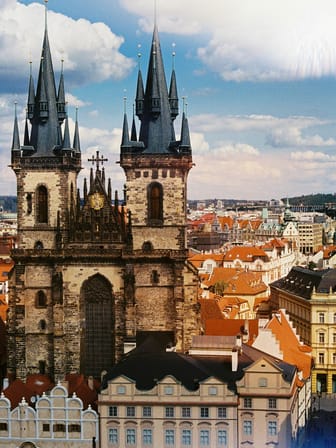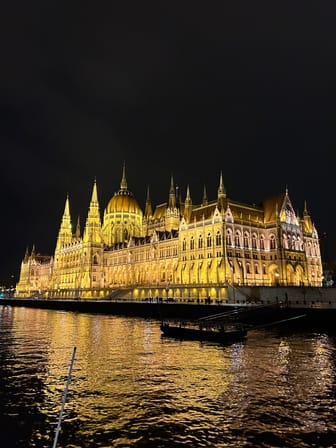Gellért Hill Cave
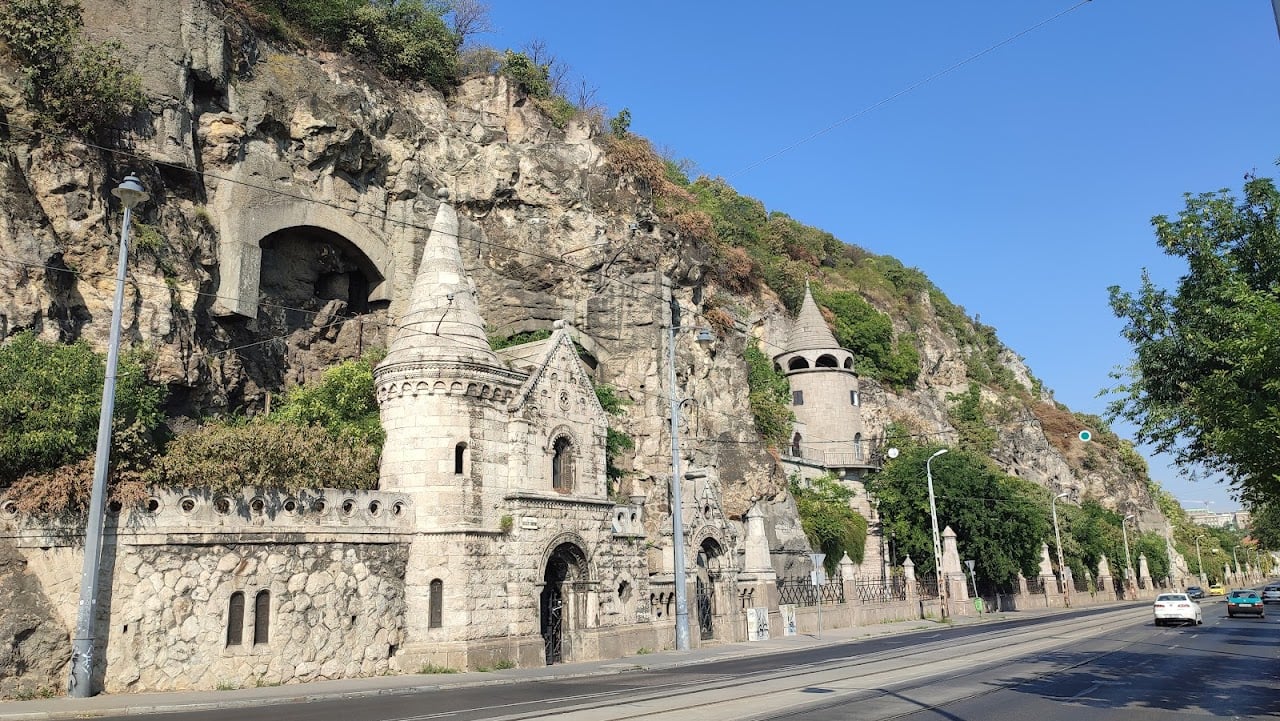
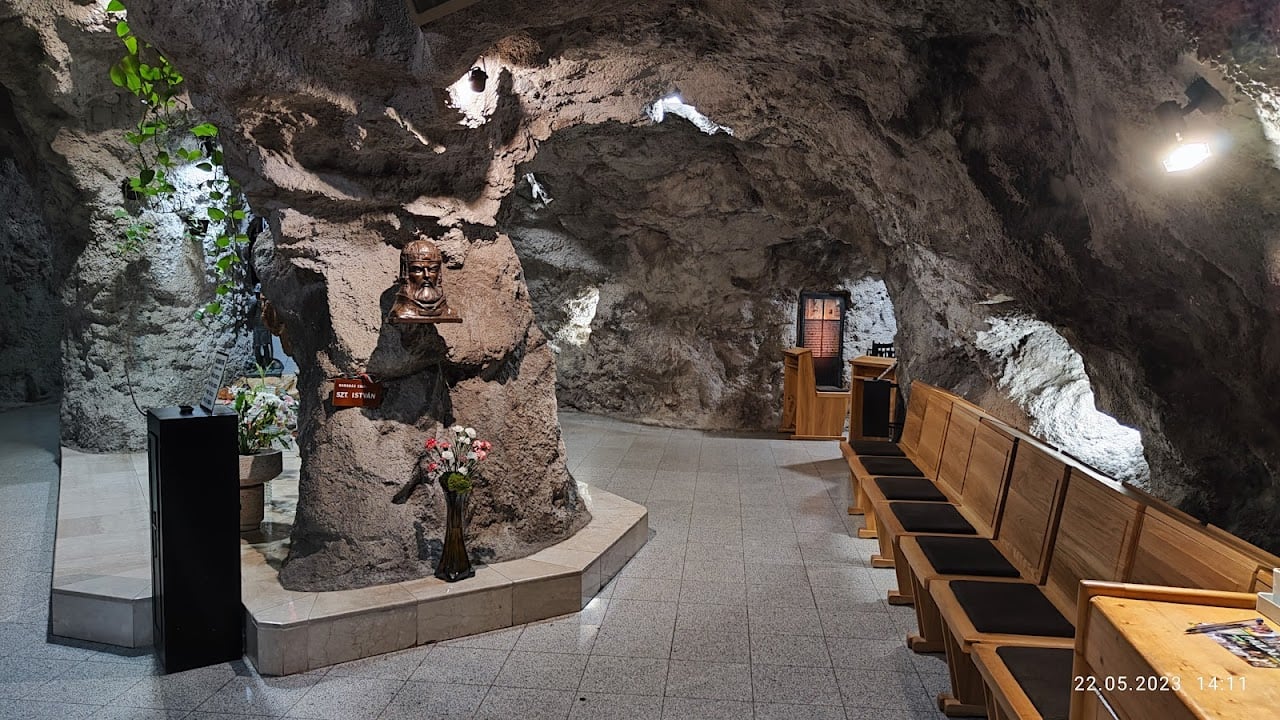
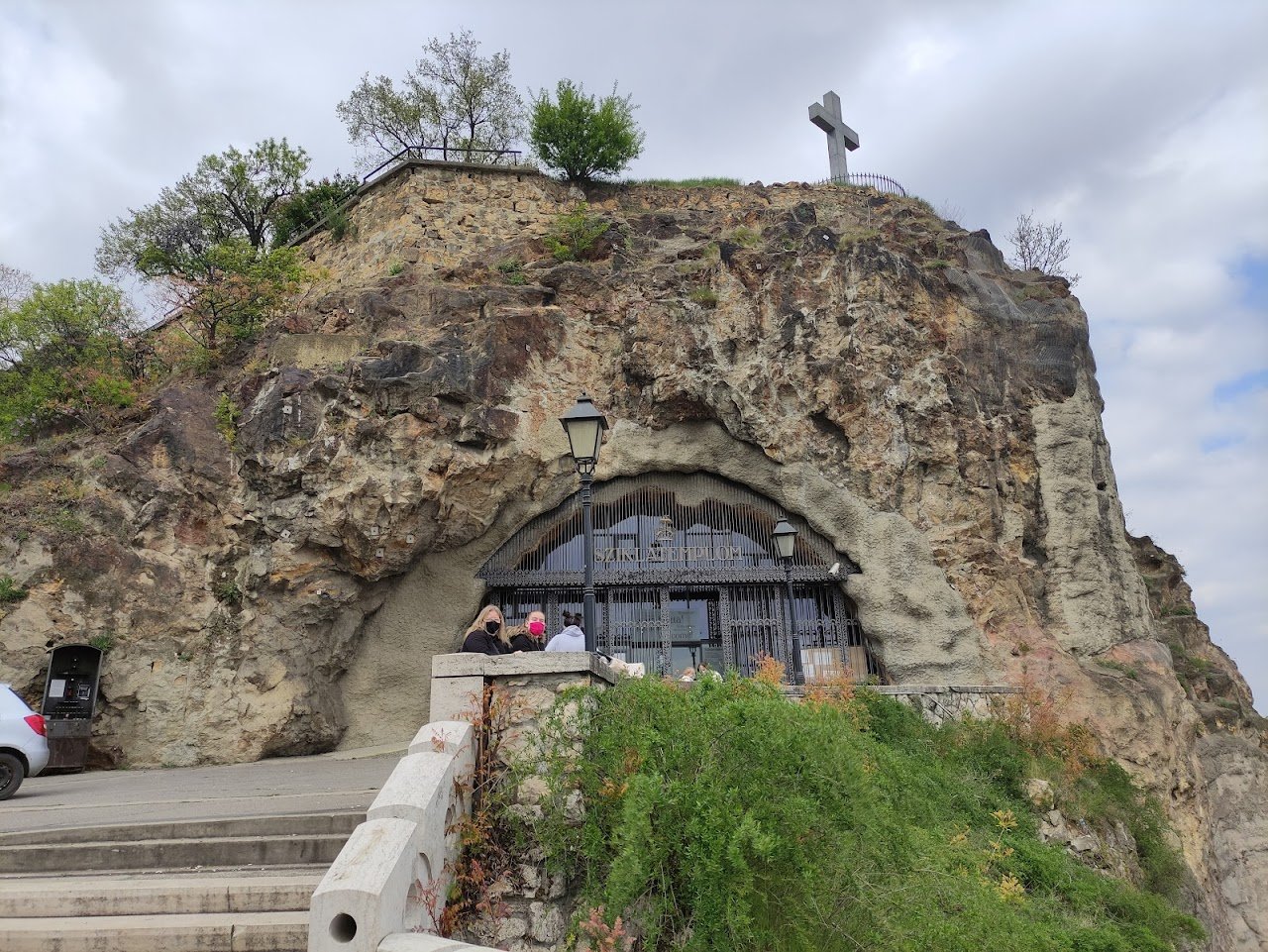
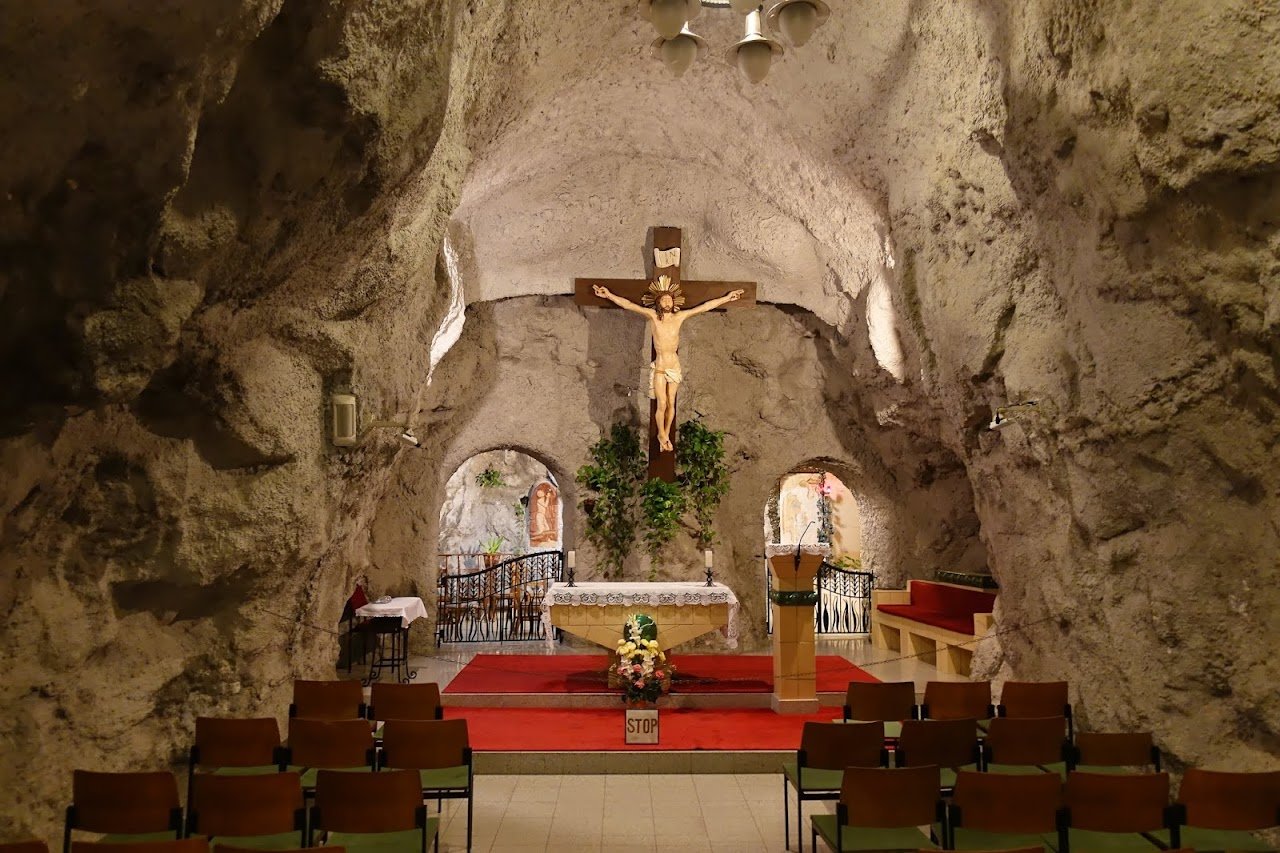
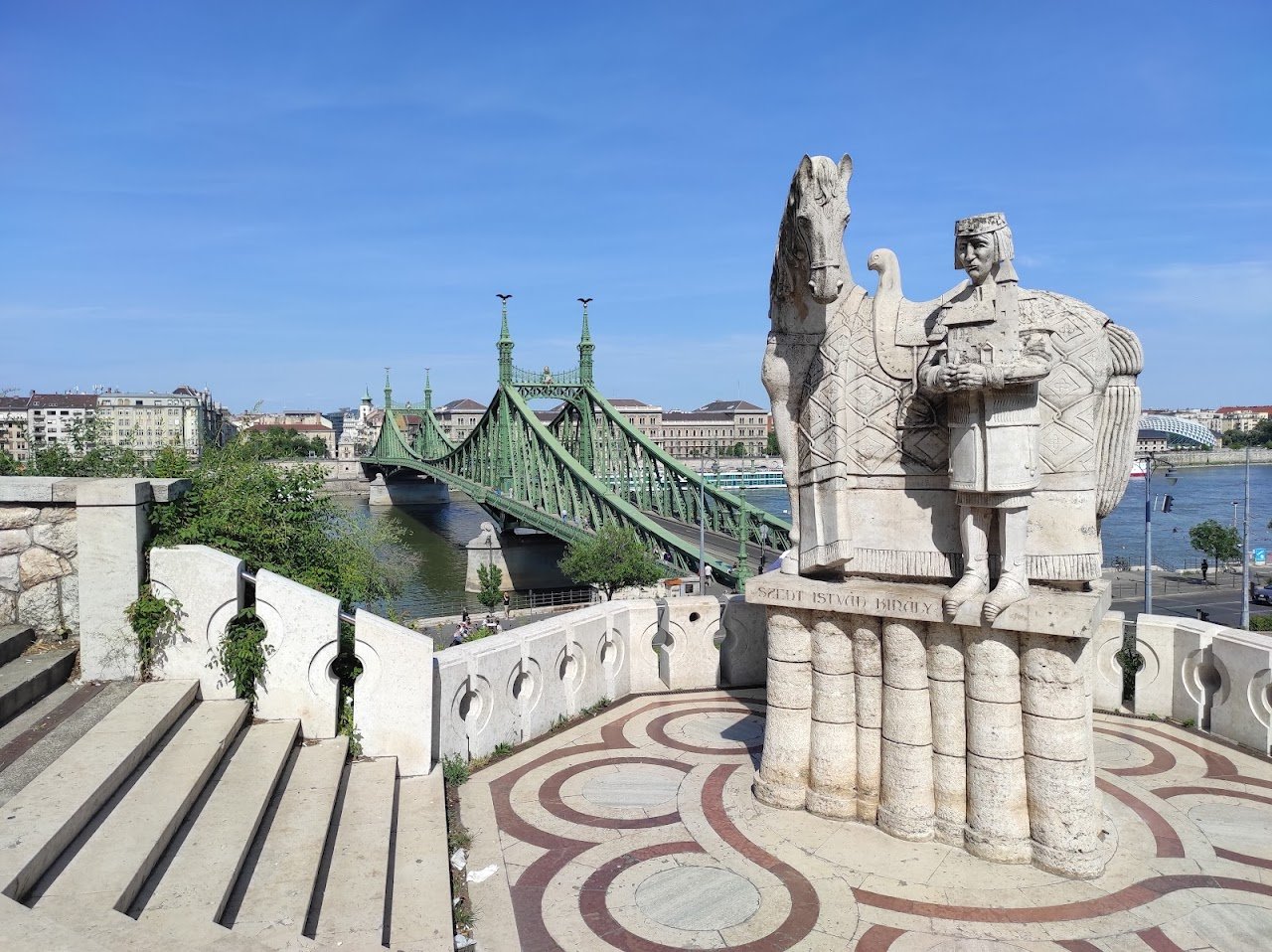
Ask ThatchGPT
Suggest a local expert to plan my trip
Suggest an unique itinerary for my Budapest trip
What foods do Budapest locals eat
What are some true hidden gems in Budapest
Help me brainstorm trip ideas for Budapest
Help me plan a family-friendly trip to Budapest
What people say
Pedro Pereira
Available for hire
"The Gellért Hill Cave (Hungarian: Gellérthegyi-barlang) is part of a network of caves within Gellért Hill in Budapest, Hungary. The cave is also referred to as "Saint Ivan's Cave" (Szent Iván-barlang), regarding a hermit who lived there and is believed to have used the natural thermal water of a muddy lake next to the cave to heal the sick. It is likely that this same water fed the pools of the old Sáros fürdő ("Muddy Baths"), now called Gellért Baths.[1][2]
Background
In the 19th century the cave was inhabited by a poor family who built a small house of sun dried bricks in the great opening. The mouth of the cave was closed off with a planking and it was used as a peasant courtyard. This situation was recorded on a painting by Mihály Mayr (made sometime in the 1860s) and a photograph by György Klösz in 1877.[3]
The first modern entrance for the caves was constructed in the 1920s by a group of Pauline monks who have been inspired by similar rock constructions during a pilgrimage in Lourdes, France. Kálmán Lux, professor at the Technical University, Budapest was the architect in charge.[4] After its consecration in 1926, it served as a chapel (Sziklatemplom English: Cave Church) and monastery until 1951. During this time, it also served as a field hospital for the army of Nazi Germany during World War II.
In 1945, the Soviet Red Army captured Budapest. For six years, the cave continued its religious functions, but in 1951, the State Protection Authority raided the chapel as part of increasing action against the Catholic Church. As a result of the raid, the cave was sealed, the monastery's superior, Ferenc Vezér, was condemned to death, and the remaining brothers were imprisoned for upwards of ten years.[citation needed]
As the Iron Curtain disintegrated, the chapel reopened on 27 August 1989 with the destruction of the thick concrete wall that had sealed the cave. By 1992, the Chapel had been restored and the Pauline Order had returned to the cave. Today, the monks continue to perform religious functions within, though the cave is also a common tourist attraction. The church is complemented by a mysterious[citation needed] monastery carved into the rock and decorated with striking neo-gothic turrets. The walls of the cave are formed of natural rock. The church features many rooms, worthy of attention is the one in which all the ornaments have been carved in hardwood by a faithful follower of the Pauline Order. The terrace in front of the entrance is proudly guarded by the statue of Saint Stephen standing besides his horse.[citation needed]"
Read more in:
Sofia B
Available for hire
"A landmark carved in stone.
Legend has it that in the early Middle Ages, a hermit called Iván retreated to the then-abandoned grotto to provide healing to the sick by using the bubbling waters gushing up at the cave’s entrance.
you will be given an audio guide, which guides you through the church and its history.
Opening hours;
Mon-Sat 9:30 a.m. - 7:30 p.m. Sundays closed.
Price: 1000 HUF / €2,5"
Read more in:
Sarina Kist
Available for hire
"Step back in time and discover the enchanting Cave Church carved into the Buda Hills. Originally a hermit's cave in the Middle Ages, it later became a church and a place of refuge during Ottoman rule. The atmospheric setting and unique history make it a hidden gem worth exploring."
Mentioned in these guides
About Gellért Hill Cave
Get the inside scoop on Gellért Hill Cave from local experts, travel creators, and tastemakers. Browse genuine trip notes, Gellért Hill Cave reviews, photos, travel guides, and itineraries from real travelers and plan your trip with confidence.
Address
Save this spot for later or start mapping out a new trip today
Try our AI Travel Assistant and get instant answers to any questions about your trip.
Ask ThatchGPT
